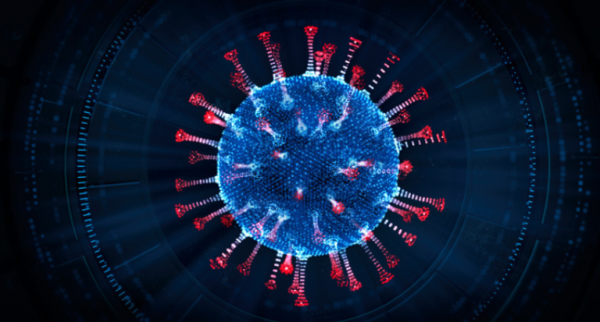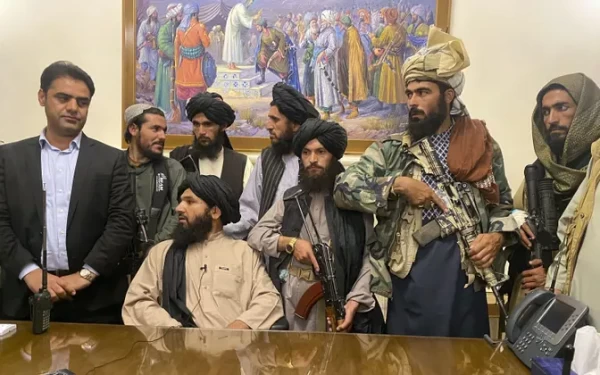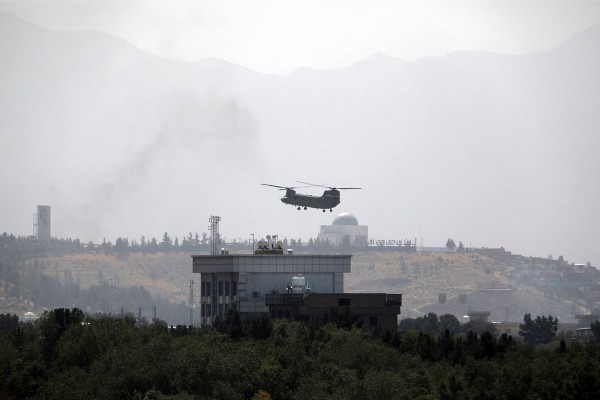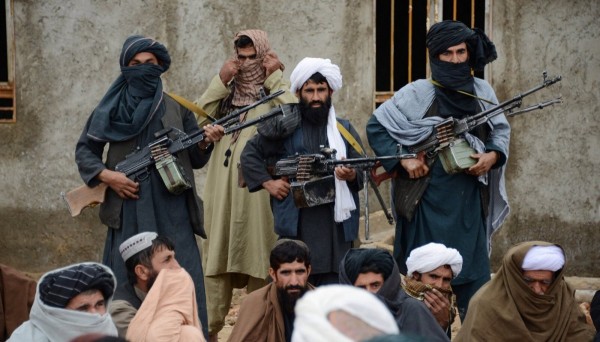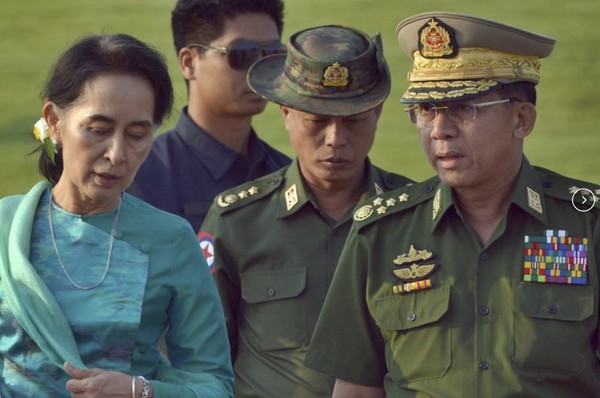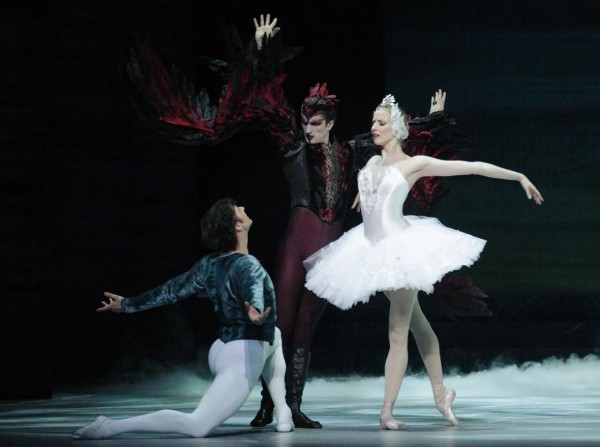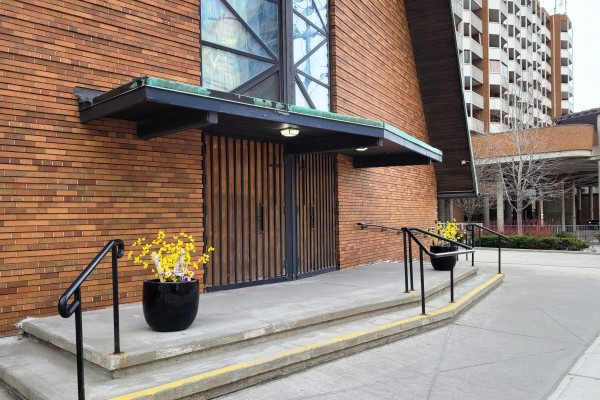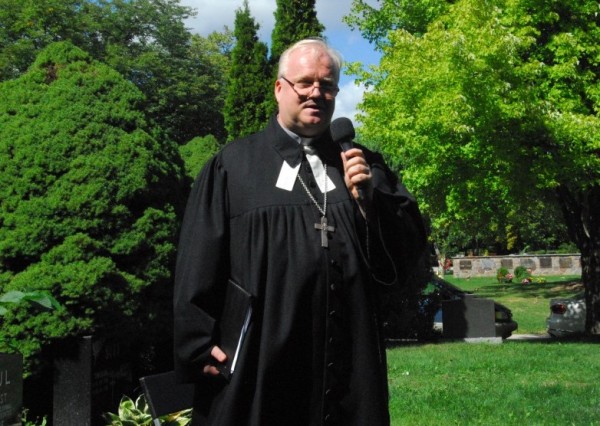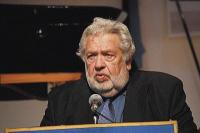
The number of state controlled Russian TV channels is overwhelming. The message that they spin out seem to be similarly scripted, perhaps with slight variations between channels.
The message is consistent: The US is generating the conflict in Ukarine. Russia is the peacemaker. Kiev is to blame for the violence in eastern Ukraine. This is obvious because Ukraine is run by fascists and Russian-hating neo-Nazis.
Observers of Russian propaganda say that the current is undeniably more intense, greater in volume and increasingly outrageous in content than the Soviet output before the collapse of the USSR. Some examples from the past two months::
To prove that U.S. military equipment was provided to Ukraine to help them in their fight against Russian backed forces in eastern Ukraine a video depicting the machinery was disseminated around Russian social networks. In fact the video was actually shot on December 14, 2014 depicting a train of American equipment near the Latvian railway station of Dalbi situated 300 km from the Russian border and had no connection to anything in Ukraine. Latvian authorities have said that the train was en route to Lithuania.
The Russian website LiveLeak posted news of ``Poroshenko`s claims on Russian troops in Ukraine found to be fallacious``. The posting ignores facts about Russian troops fighting in Ukraine but claims that US mercenaries are fighting on the side of Ukrainian forces. According to the Russians the Americans were allegedly hired by the Ukrainians from a security firm Academi to fight against Russian controlled troops. It also states that most of the mercenaries had gone over to the other side to fight with the pro-Russian troops. In actuality Ukraine does not and has not hired any mercenaries from the US. The photo accompanying the posting in fact depicts armed personnel from the security company GK Sierra Security and the photograph was taken in Afghanistan in 2010.
Arguments about two different weapons systems have been a basis for the debate as to who shot down the flight of MH17 in Ukraine in July 2014. On the one hand Russians insist that it was a Ukrainian jet (designated as a SU-25) that was responsible. The other claim has a Buk surface to air missile launcher as the weapon used. After a systematic study of Russian videos depicting the missile as eventually being used by Ukrainian forces the StopFake organization has concluded that the Russians have used old footage as well as doctored video images to put the blame on Ukraine.
Ukraine was to have adopted the “eurointegrational” law entitled “On safety and Quality of Food Products” on January 1, 2015. This was according to the Russian web site Russkaya vesna that went on the say “under the conditions of increasing prices and tariffs this innovation of the pro-Western junta will kill thousands of pensioners and peasants. The law deprives owners of private business of their right to trade products of their own production”. Thus people who sell homemade sour cream, curds, milk and meat products will lose their earnings the Russian web site claimed. But in fact the law to which consequences are tied was passed in 1997. Through different versions in 1997 and 2010 a final version was passed in 2014 which harmonizes changed Ukrainian legislation with that of European Union standards. A final version will come into effect in September 2015. Instead of forbidding trade in milk and meat products it permits production and marketing of them on condition that these products pass proper controls.
Twisted facts and totally fabricated propaganda has been a Moscow media tool for decades. The few examples above are only a small part of that which is found every week. Through a constant barrage of similar news creations Russia has been able to make a credible argument that some of the Western media accepts.
One myth is the claim that since the Euromaidan revolution that helped topple the pro-Moscow regime in Kiev, Eastern Ukraine has been calling for Russian intervention and protection from the new pro-Western government. While this notion was widely disseminated and accepted by many, Gallup ran polls in 2014 in Ukraine and concluded that only 8% of the population of eastern Ukraine responded ‘definitely yes’ to wanting protection by the Russian army. Fully 52% responded ‘definitely no’. Eleven percent responded ‘rather yes’ while 17% responded ‘rather no’. Moscow’s insistence that Russia was only responding to Russians who were begging for protection was used as the legitimate reason for Russian military aggression both in Crimea and Eastern Ukraine.
Another Russian claim, one that isn’t accepted by all in the West, is that the Ukrainian government consists of ‘fascists’. This message has an effect mainly with Russians in eastern Ukraine and Russia and leads to the Kremlin’s myth that the Russian government have a holy mission – to battle the righteous battle against ‘fascists’. Vladimir Putin recently drew an equivalence between the struggle for Donetsk and the anti-Nazi defensive during the German siege of Leningrad in WWII. However authentic anti-fascism is accompanied by genuine principles of democracy, implementation of human rights and adherence to international law. The current Russian espousal of ‘anti-fascism’ is a shallow self-congratulatory declaration, xenophobic in its utterance.
Western media refer to militias in Ukraine’s Donbas as local ‘separatists’. It is a term that obscures the reality of the situation. The forces fighting Ukrainian military are to a great extent composed of Russian special forces, Russian militias of contract soldiers (former Russian military personnel), local mercenaries and Chechen and Cossack militias. The continued use of the term ‘separatist’ simply supports the Kremlin’s version of events, which rejects accusations of Russian interference and makes the conflict to be a fight between Kiev and local, home grown rebels.
The nationalist Russian media is certainly pumping out a message reminiscent of the propaganda produced by the Soviet Union the effects of which shouldn’t be underestimated. The anti-Ukrainian rhetoric continues to operate efficiently. Some of the narrative mentioned above is supplemented by ideas such as “Ukrainian institutions are irreparably dysfunctional”, “Ukrainian borders are artificial”, “Ukrainian society is deeply divided”. Much of it has been internalized by the Western media.
It would be naïve to suggest that this aggressive amd deceptive propaganda can somehow be controlled by the West. But we should be aware of their emotionally charged, slick messages and the purpose for which they have been produced or where they may lead.
Laas Leivat







